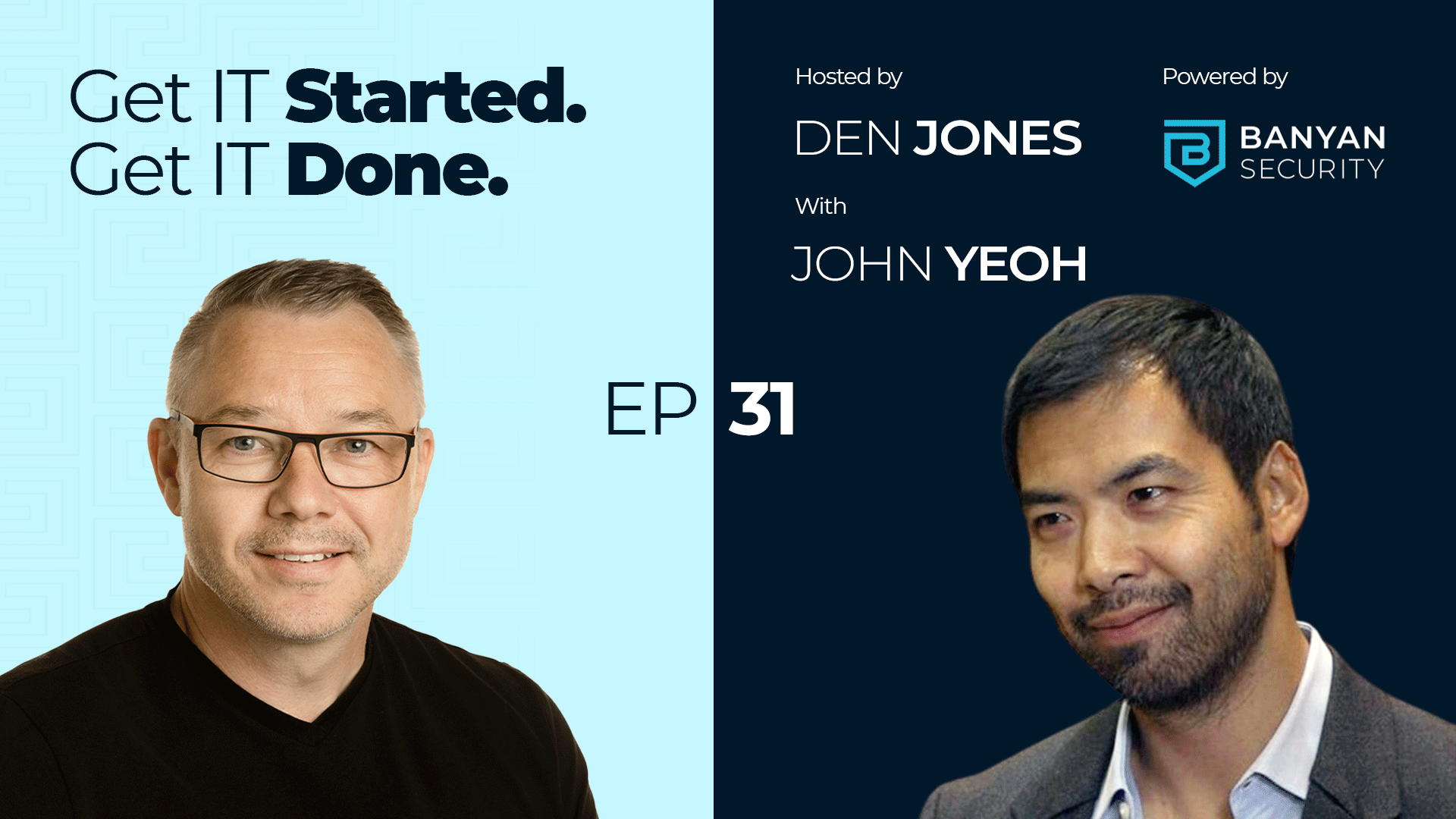Cloud Cost Management, also known as cloud cost optimization, refers to the practice of controlling, monitoring, and optimizing the expenses associated with using cloud computing resources and services. It aims to ensure that an organization leverages cloud resources efficiently, maximizes the value of its cloud investments, and avoids unnecessary or unexpected costs. Cloud cost management involves various strategies, tools, and best practices to achieve cost-effectiveness in cloud computing.
How Cloud Cost Management is used:
- Resource Rightsizing: Cloud resources, such as virtual machines (VMs) or databases, come in various sizes and configurations. Organizations analyze their resource usage and adjust the size and type of resources to match actual workload requirements. For instance, they may downgrade an overprovisioned VM to a smaller size to save costs.
- Reserved Instances (RIs) and Savings Plans: Cloud providers offer options like Reserved Instances (AWS), Reserved Virtual Machine Instances (Azure), and Savings Plans (AWS) that allow organizations to commit to long-term usage in exchange for significant cost savings. Organizations can use these options to reduce costs for predictable workloads.
- Spot Instances/Preemptible VMs: Cloud providers offer lower-cost, short-lived instances (e.g., AWS Spot Instances or Google Cloud Preemptible VMs) for workloads that can tolerate interruptions. Cloud cost management involves identifying suitable workloads for these instances to save on compute costs.
- Auto-Scaling: Implementing auto-scaling policies helps organizations automatically adjust the number of cloud resources based on demand. Resources are scaled up during peak usage and scaled down during periods of lower demand, optimizing costs without sacrificing performance.
- Resource Tagging: Organizations tag cloud resources with metadata that categorizes them based on purpose, department, project, or owner. This tagging helps allocate costs accurately and enables more granular cost analysis and chargeback.
- Cost Monitoring and Reporting: Cloud cost management tools and platforms, such as AWS Cost Explorer, Azure Cost Management, or third-party solutions, provide dashboards and reports to track and analyze cloud spending. This enables organizations to identify cost trends and areas for optimization.
- Budgeting and Alerts: Organizations set budget thresholds and configure alerts to notify them when cloud spending exceeds predefined limits. This proactive approach helps prevent unexpected cost overruns.
- Resource Decommissioning: Identifying and decommissioning unused or underutilized resources, such as idle VMs or storage volumes, can lead to significant cost savings. Automated scripts or policies can help identify and deprovision these resources.
- Data Transfer and Egress Costs: Monitoring and optimizing data transfer and egress costs can result in substantial savings. For example, organizations may use content delivery networks (CDNs) to reduce bandwidth costs or consider data transfer pricing when designing their architecture.
- Serverless and Managed Services: Cloud providers offer serverless and managed services, such as AWS Lambda or Azure Functions, which automatically scale resources based on usage. Adopting these services can eliminate the need to manage and provision infrastructure, reducing operational costs.
- Data Storage Optimization: Efficiently managing data storage by using lifecycle policies to move or delete older, less frequently accessed data can reduce storage costs. Organizations can also choose cost-effective storage classes, like Amazon S3 Glacier for archival data.
- Cost Allocation: Cloud cost management includes allocating costs to different departments, teams, or projects accurately. This helps organizations understand where cloud expenditures are occurring and enables chargeback or showback mechanisms.
Cloud Cost Management is an ongoing process that requires regular monitoring and adjustment to align cloud spending with organizational goals and budgets. By adopting these strategies and tools, organizations can optimize their cloud costs while maintaining flexibility and scalability in their cloud infrastructure.








